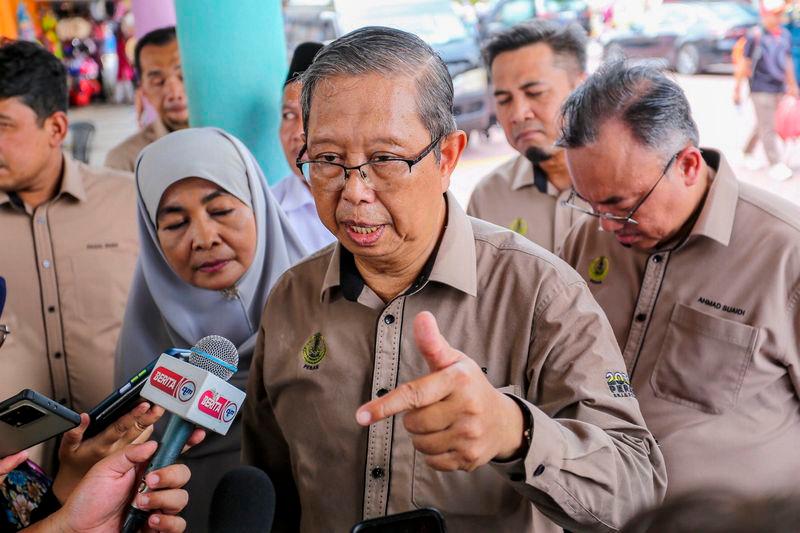IPOH: Authorities are implementing a controlled water release strategy at dams across Perak in preparation for the northeast monsoon season, which is expected to begin in November.
State Infrastructure, Energy, Water and Public Transport Committee chairman Datuk Seri Mohammad Nizar Jamaluddin said the measure was in line with the standard operating procedures (SOP) outlined in the Malaysia Dam Safety Management Guidelines (MyDAMS) and the International Commission on Large Dams (ICOLD).
He said the release of water from four dams operated by Tenaga Nasional Berhad (TNB), two dams managed by the Department of Irrigation and Drainage (DID), and seven water treatment plants (WTPs) under the Perak Water Board (LAP) was aimed at reducing water storage capacity and was closely monitored by the relevant parties.
“The water levels at the Temengor, Bersia, Kenering, and Chenderoh power stations will be reduced further by TNB to ensure the dams are ready for the expected increase in rainfall during the year-end rainy season.
“Reducing the water storage capacity of the dams is part of TNB’s initiative to ensure sufficient space in the event of heavy rainfall,” he told a press conference here today.
Also present were Perak DID director Ahmad Shahrir Md Nazri, TNB Perak general manager Datuk Sharuddin Mohd Simin, TNB Power Generations Sdn Bhd head of Green Asset Management Mohd Zaini Jaafar and LAP Operations senior engineer Nor Bahri Yaacob.
According to Mohammad Nizar, the Bukit Merah Dam, managed by the DID, showed that irrigation and raw water supplies were at full capacity, with normal water levels recorded as of last Sunday (Oct 20).
“The Bukit Merah Dam still has the capacity to manage floodwaters up to 9.14 metres (danger level). The water release via the overflow channel began on Sept 15 and was temporarily halted on Oct 18 to reduce the risk of river overflow during the high tide phenomenon,” he said.
Mohammad Nizar also said the seven WTPs belonging to LAP, namely Kota Lama Kiri, Kampung Senawar, Sultan Idris Shah II, Parit, Kampung Senin, Kampung Paloh, Teluk Kepayang, and Kampung Gajah were under close monitoring.
“The Kota Lama Kiri WTP is among those at risk, as the position of the pump in the river could sink if the water level rises; therefore, we have moved it to a higher and safer area,” he said.
Mohammad Nizar added that, in general, all WTP intakes along Sungai Perak had increased by one to two metres from their normal levels over the past week; however, all WTPs were operating well so far.









